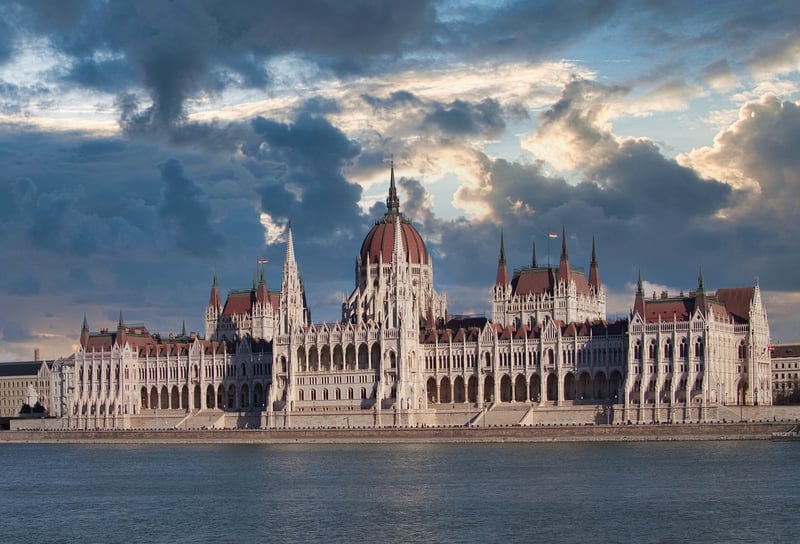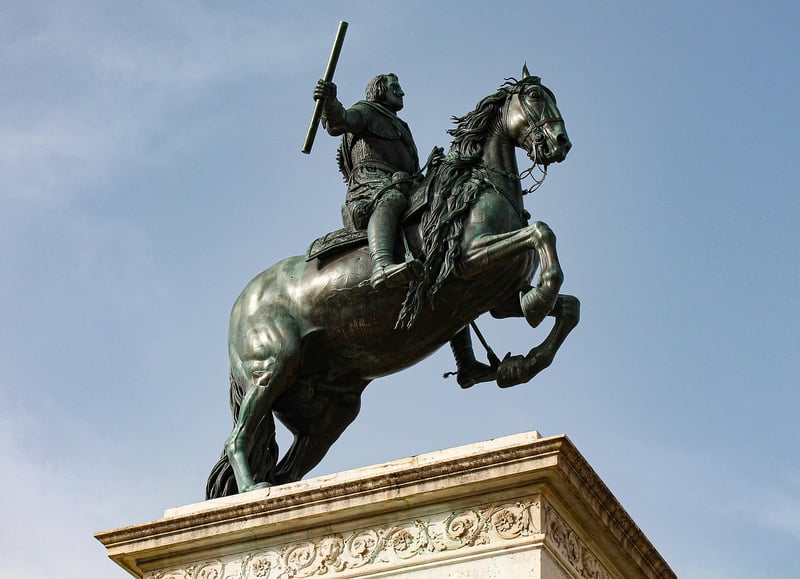Historical Protocol
The Importance of Historical Protocol
Understanding and following historical protocol is essential in various aspects of life, from formal events to cultural practices. Historical protocol encompasses a set of guidelines, traditions, and customs that have been established over time and hold significant meaning. By adhering to these protocols, we not only show respect for the past but also maintain a sense of continuity and dignity in our actions.
Why is Historical Protocol Important?
Historical protocol serves as a bridge between the past and the present, connecting us to our roots and preserving our heritage. It provides a framework for how we interact with one another, how we conduct ceremonies and events, and how we uphold traditions that have been passed down through generations.
The Role of Historical Protocol in Formal Events
At formal events such as state dinners, official ceremonies, and diplomatic meetings, historical protocol plays a crucial role in dictating behavior, seating arrangements, and other important details. Following protocol ensures that events run smoothly and that all participants are aware of their roles and responsibilities.
Historical Protocol in Cultural Practices
In cultural practices and ceremonies, historical protocol guides the way rituals are performed, how respect is shown to elders and ancestors, and how traditions are upheld. Whether it's a traditional wedding ceremony, a religious festival, or a tribal gathering, adhering to historical protocol is a way of honoring the customs and beliefs of a community.
Respecting Tradition and Heritage
By respecting historical protocol, we demonstrate our appreciation for the sacrifices and wisdom of those who came before us. It is a way of honoring our ancestors and preserving the values that have shaped our identities. Historical protocol reminds us of where we come from and guides us in how we should conduct ourselves in the present.
Embracing the Past for a Better Future
While historical protocol may seem rigid or old-fashioned to some, it serves as a reminder of the lessons learned from history. By embracing the past and following established protocols, we can create a better future built on the foundations of respect, tradition, and unity.
Conclusion
In conclusion, historical protocol is not just a set of rules to be followed; it is a way of honoring our heritage, respecting our traditions, and forging connections with the past. By understanding and embracing historical protocol, we enrich our lives, strengthen our communities, and pave the way for a more harmonious future.


